B.C.’s 2016 jade mining season starts on a high note
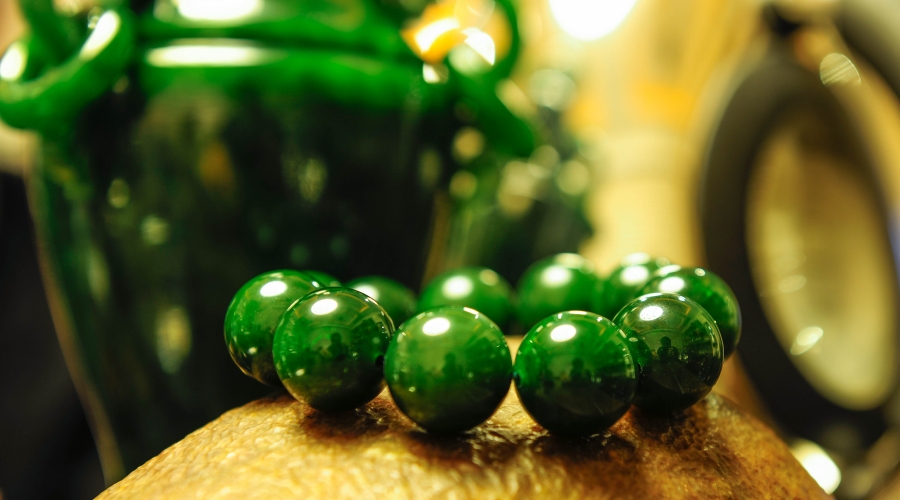
Simply put, British Columbia has the largest and best deposits of nephrite jade in the world and the value of jade has tripled over the past five years. Rough jade is now a $30 million industry that is poised to grow enormously as more markets in Asia and elsewhere continue to open up.
More than ninety percent of B.C.’s nephrite jade is sold to Asian buyers from Buddhist-based countries including China, Hong Kong, Taiwan, Thailand and Vietnam. Jade has a long history in the culture of these Asian countries, as well as access to skilled artisans who have a great tradition of working with the material.
Jade has been part of the Chinese culture for 8000 years as a status symbol and family heirloom. Jade isn’t classified as a commodity and it’s less influenced by economic factors that directly correlate with pricing. Traditionally, the pricing and value of high-grade jade has been based on the scarcity of the material in combination with the cultural significance, workmanship and art involved in jade manufacturing.
Jade is the toughest natural stone in the world. It can absorb the most energy and force before it fractures, giving it its strength and maximum workability. Current uses are for jewelry, carvings, sculptures, dimension stone and architectural products including tiles.
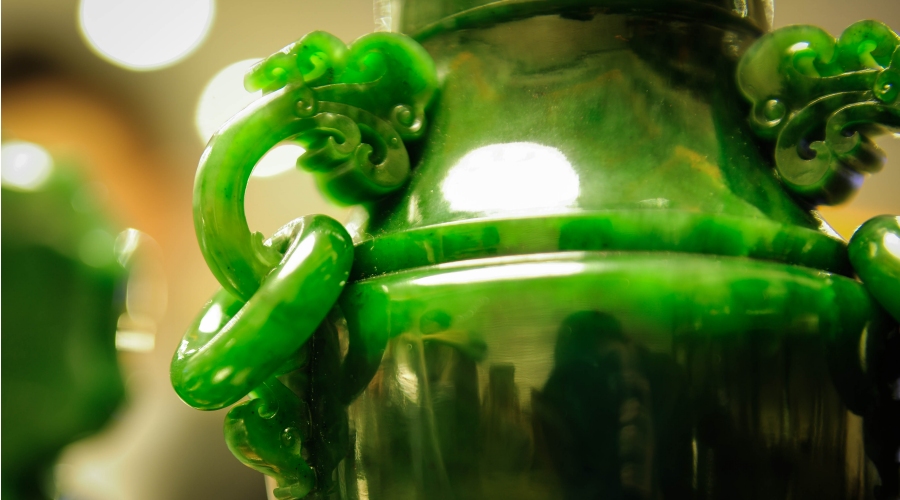
Nephrite jade from B.C. has been used in China for decades. However, it wasn’t until 2003 that B.C. nephrite jade gained its own name, characteristics and reputation in China’s market.
In 2008, Beijing officially recognized nephrite Jade as the ‘Stone of China’. The Beijing Olympic medals incorporated nephrite jade into their design and internationally recognizing nephrite as the jade of China, elevating the gemstone as a source of great pride for the country.
The slowdown of the jadeite market also plays a large factor in nephrite’s continued success. Jadeite was not introduced to the market until the 1800’s. As jadeite’s production occurs primarily in Myanmar, with publicized corruption and political issues, the supply and pricing of jadeite is unstable. As a result, manufacturers and factories have shifted their focus to nephrite jade.
Jade continues to rise in popularity with the exploding growth of the middle class in China and increase in disposable income. With more purchasing power, jade products and jewelry have become affordable to a larger segment of the population. Combined with the digital age and online shopping experience, jade is now an increasingly popular consumer product.
China consumes 1,600 tonnes of nephrite jade a year and the retail industry of combined nephrite and jadeite is worth tens of billions of dollars.
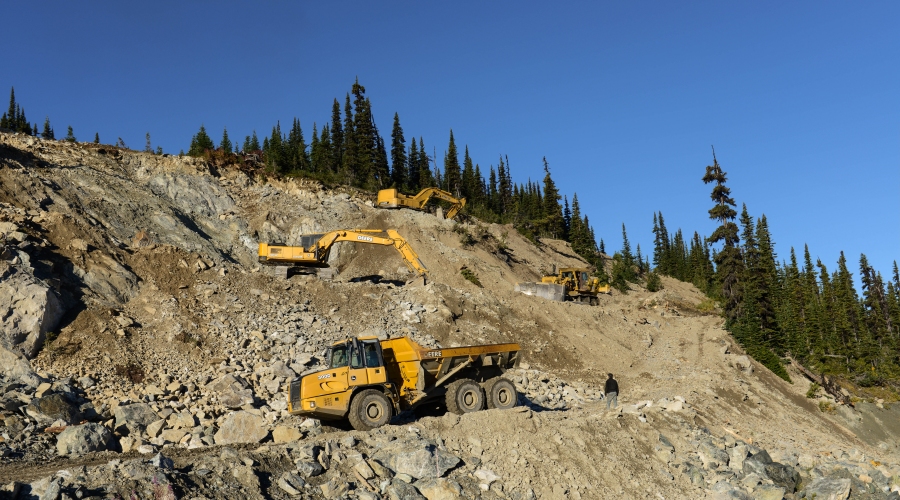
Green Mountain Jade is a pioneer miner with 40 years experience dating back to the start of commercialization and mining of jade in B.C.
The company operates four jade mines in British Columbia – three of them near the Yukon border. Green Mountain Jade produced 400 metric tonnes of high grade nephrite jade last year, in total the BC jade industry produced over 1000 metric tonnes in total. With favourable weather conditions this year, the company is beginning its three to four-month mining season early with plans to increase production by 50 per cent.
Jade extraction is among the least invasive mining methods in general. It is more like quarrying and the use of explosives is rare to prevent damage to the jade. Instead, hydraulic splitters and rippers are used to pry the gemstone loose.
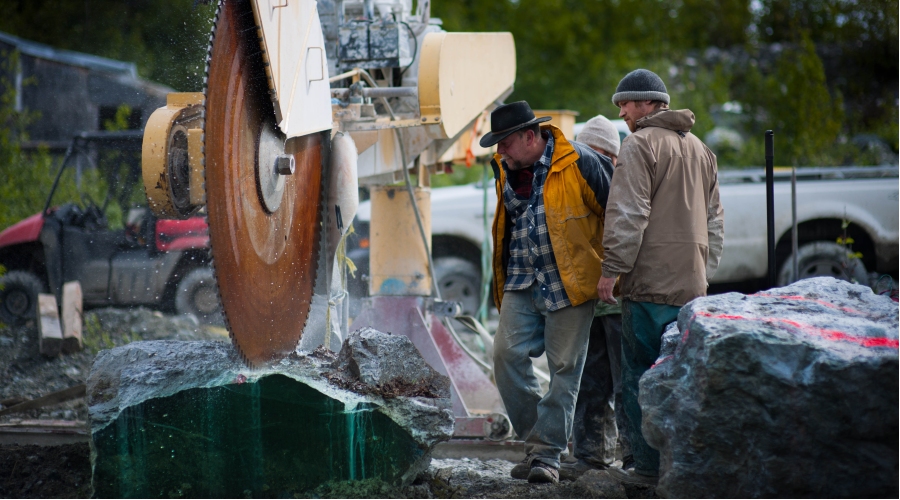
The average mine area disturbed for a jade deposit is less than one quarter the size of a football field and the amount of jade required to meet world demand is about the size of a small home. At mine sites, there are no settling ponds, no acid rock drainage and minimal vegetation disturbance as the deposits are above the tree line.
Drills and diamond saws are used to determine the quality of extracted jade. Marketable jade is transported to the company’s Surrey yard for a sale in mid-October.
Although demand is focused on Asian markets, Green Mountain Jade is taking steps to expand into the Western markets by mixing in western culture into its product and jewelry design.
The vision is to bring jade into global trading like other commodities with increased production and supply. Marketing and education initiatives along with improved products and processes through the entire supply chain will create increased exposure to B.C. jade.
Green Mountain Jade is branching into retail and finished products with plans to open its first store in Richmond this year.
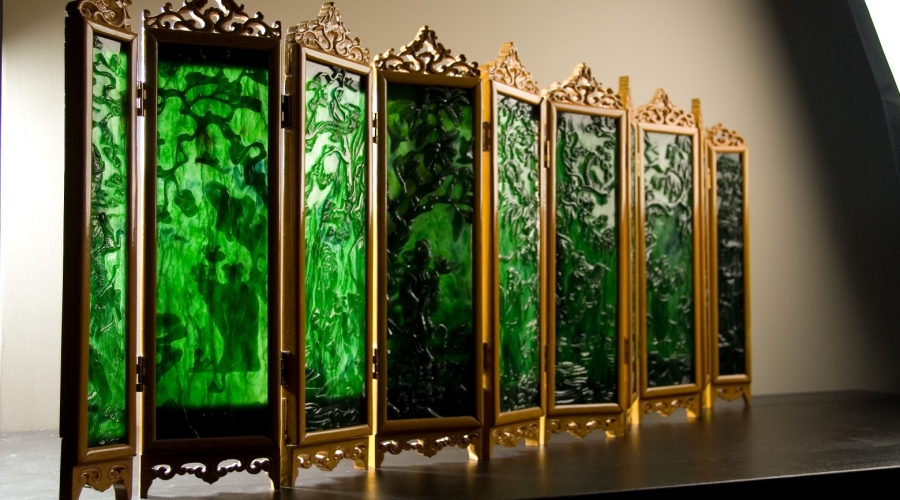
{{ commodity.name }}
{{ post.title }}
{{ post.date }}
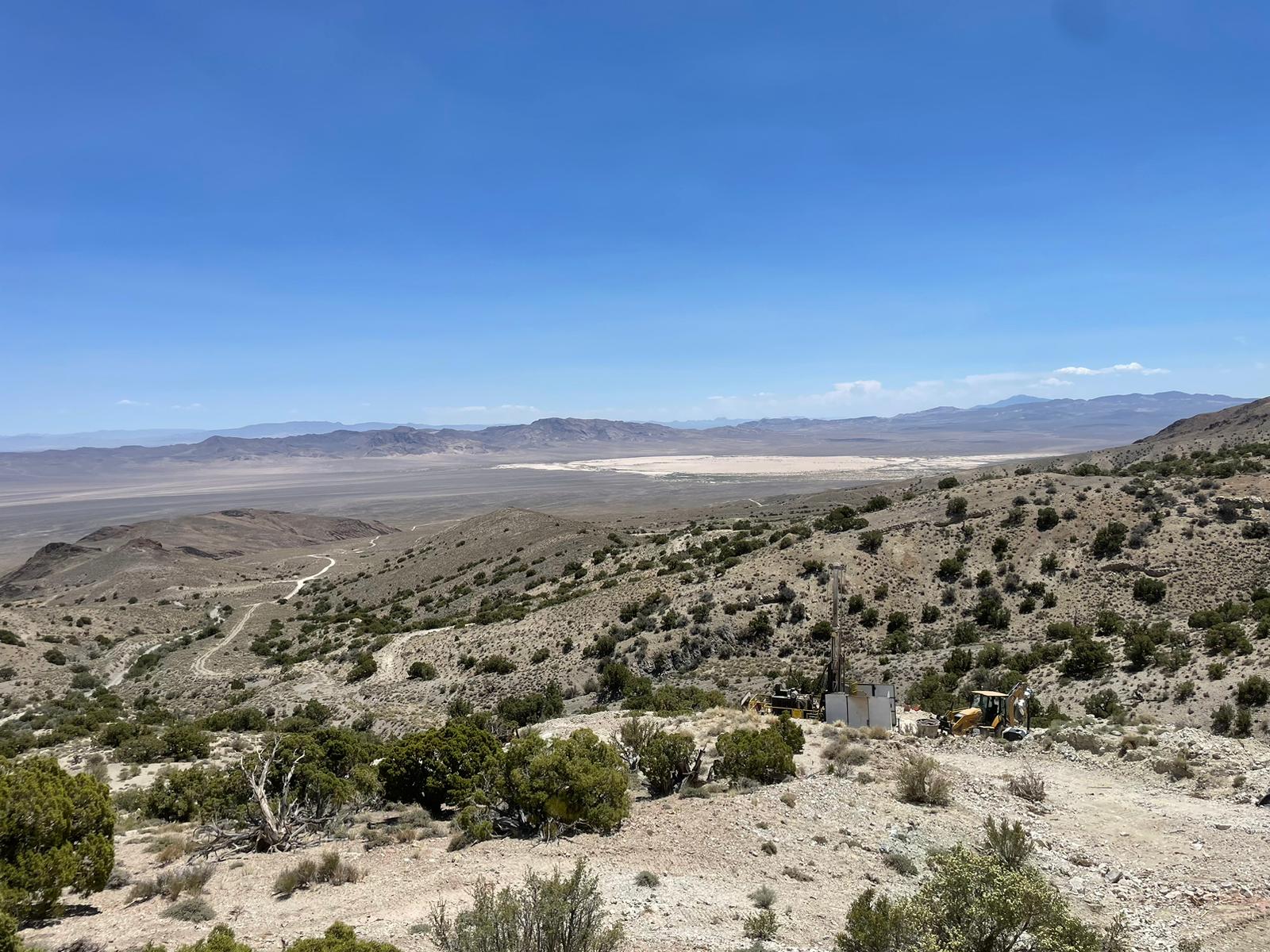
Comments